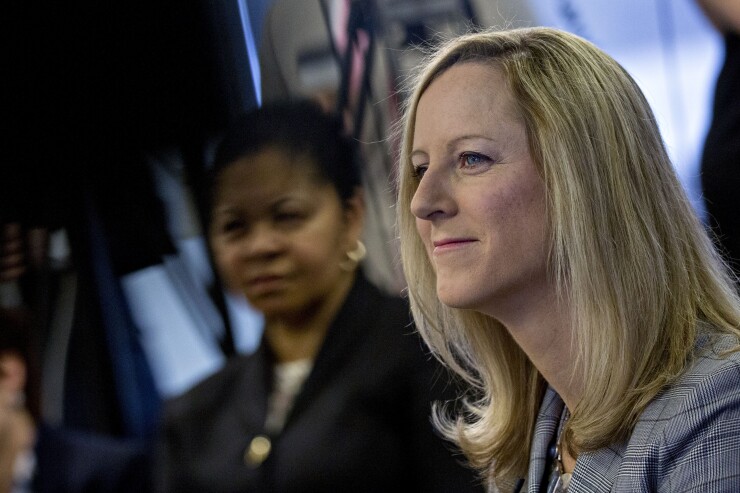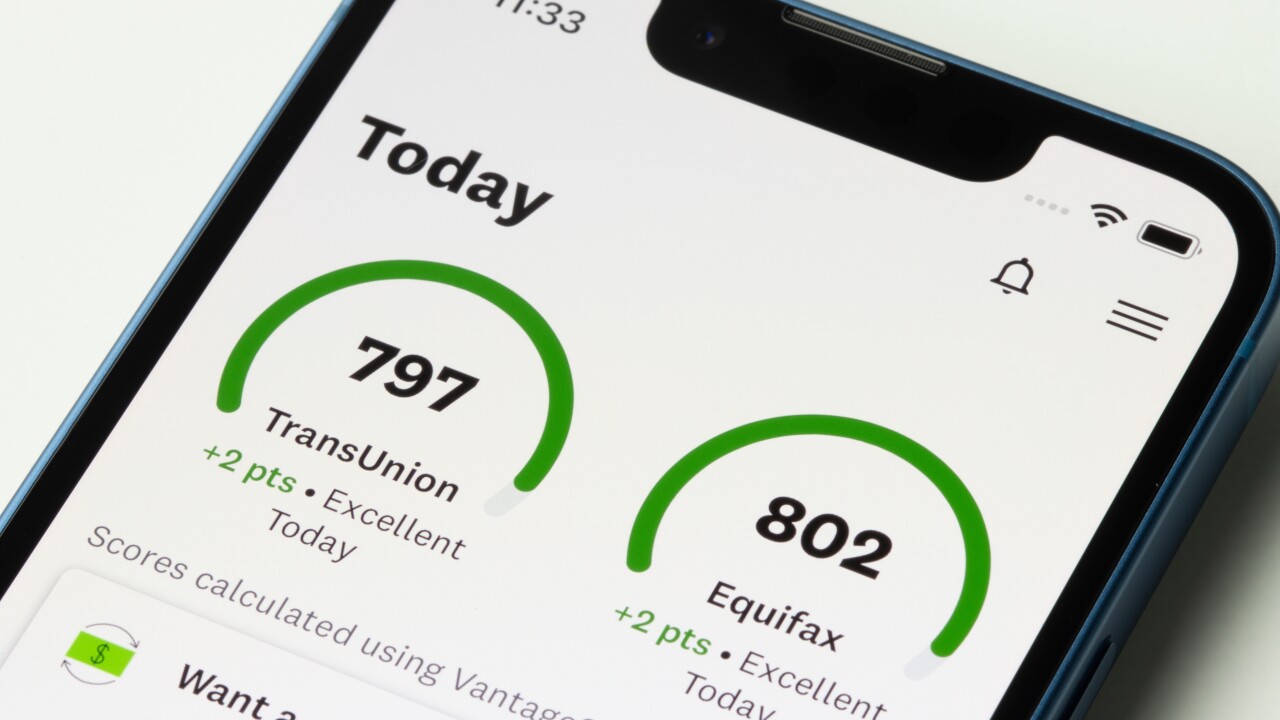The Consumer Financial Protection Bureau proposed steps Thursday to ease reporting requirements under the Home Mortgage Disclosure Act, just days after the agency announced it was eliminating an online platform for analyzing raw HMDA data.
The bureau released a new notice of proposed rulemaking that would raise the thresholds for collecting and reporting data on both closed-end mortgages and open-end lines of credit. The agency said more regulatory relief was necessary to clarify provisions of the financial reform law enacted by Congress last year.
The proposal combined with the agency's elimination of HMDA Explorer, which allows users to access and make queries on data, were seen by several observers as significant steps that could weaken the impact of the disclosure law.
"This could be an extensive rollback," said Richard Horn, managing member of Garris Horn and a former CFPB official, of the proposal to raise the thresholds. "The increase in the thresholds for HMDA is also rolling back the HMDA rule to some extent because fewer people would be reporting under HMDA."

Meanwhile, observers have been quick to question the removal of HMDA Explorer, which has been seen as a useful tool both for community groups and financial institutions in comparing mortgage information submitted by lenders.
"The tool was a reliable and cost-effective (i.e. free) means for community advocates to analyze the patterns of different local lenders, but it was based on the older HMDA data fields," said Warren Traiger, senior counsel at Buckley LLP.
The raw HMDA data will still be available on the website for the Federal Financial Institutions Examination Council. But, Traiger said, "The people and groups who used Explorer will need to find alternative software to effectively analyze the expanded HMDA data set with all of the new fields."
“Banks, their consultants and regulators will be able to afford other software that accomplishes what the Explorer did while small, local consumer groups, academics and journalists may not,” Traiger added.
Under the new proposal unveiled Thursday, the threshold for reporting closed-end mortgage loans would double to 50, or go as high as 100. A temporary threshold of 500 open-end lines of credit would be extended by another two years, and then be reduced permanently to 200.
The CFPB also issued an advance notice of proposed rulemaking seeking information on the costs and benefits of reporting certain data points under HMDA.
“Today’s proposed changes would provide much needed relief to smaller community banks and credit unions while still providing federal regulators and other stakeholders with the information we need under the Home Mortgage Disclosure Act,” said CFPB Director Kathy Kraninger in a press release.
Congress enacted HMDA in 1975 to root out discrimination in mortgage lending. The CFPB and other prudential regulators use the data to examine and identify fair-lending violations.
In a
In its raw state, HMDA data is cumbersome and difficult to navigate without additional software, and typically requires hours of time to scrub the data to uncover trends.
Nine Democratic senators, led by Sherrod Brown of Ohio, sent Kraninger a letter this week objecting to the removal of the public data platform.
"This sudden change threatens to undermine the statutory purposes of HMDA and does not live up to the commitments to transparency and accountability that you made during your nomination hearing," the letter stated. "Reductions in available data and its accessibility, combined with weakened enforcement, is a disservice to the consumers the CFPB was created to protect."
A CFPB spokesperson said the adoption of a new HMDA data platform was necessary as a result of reforms to the types of data that companies report, and that the switch will allow the public to access data collected in 2018 and thereafter.
HMDA Explorer, its associated application programming interface and the CFPB’s “current website technology were not compatible with the new data set,” the spokesperson said. “The FFIEC query tool, in contrast, will allow access to the new data that current HMDA Explorer cannot.”
“Director Kraninger is firmly committed to transparency in all aspects of the Bureau’s business,” the CFPB spokesperson added. “Providing data users with notice of changes in the HMDA tools combined with a blog for the public about the change in those tools is both transparent and consistent with the routine methods used to inform the relevant public of operational changes at federal agencies.”
Efforts to ease HMDA requirements follow an expansion of the law mandated just after the financial crisis. The Dodd-Frank Act added 14 HMDA data collection fields on top of the nine that had already existed.
The statute also gave the CFPB the discretion to add even more fields, and former CFPB Director Richard Cordray used that authority to establish 25 additional fields, including data on the overall cost of a loan and points and fees.
But the regulatory relief bill that President Trump signed last year gave 85% of all banks relief from the expanded HMDA data fields mandated by Dodd-Frank.
Mortgage lenders have long complained that the additional data fields would impose higher compliance costs that would be passed on to borrowers, raising the overall cost of a loan.
Industry representatives hailed the the CFPB's proposal to revisit the expanded data.
“The CFPB used its discretionary authority in 2015 to expand data collection beyond Congress’s original mandate and we believe it is appropriate to evaluate these changes,” the Consumer Bankers Association said in a statement.
Beyond the industry's reporting burden, banks and mortgage lenders are far more concerned that the data will be used by consumer advocates and plaintiff's attorneys to identify potential discrimination, including whether loan denials have a disparate impact on a protected class. The data typically is used to analyze whether a bank or mortgage lender is rejecting a large percentage of applications from African-Americans, Hispanics and women.
Alhough the CFPB is proposing to limit HMDA data, the agency nevertheless acknowledged in its press release how important the data is to the general public and to policymakers.
“These data help show whether lenders are serving the housing needs of their communities; they give public officials information that helps them make decisions and policies; and they shed light on lending patterns that could be discriminatory,” the CFPB said.
The data also is used by journalists to expose potential areas of redlining.
Last year, reporters Aaron Glanz and Emmanuel Martinez at Reveal News used the CFPB's HMDA Explorer platform and found persistent discrimination in 61 metro areas affecting African-American and Latino loan applicants. Their
"It is a vital resource for evaluating lending disparities and the fact that the CFPB seems poised to make it less available is really troubling to us," Glanz wrote in an email.





